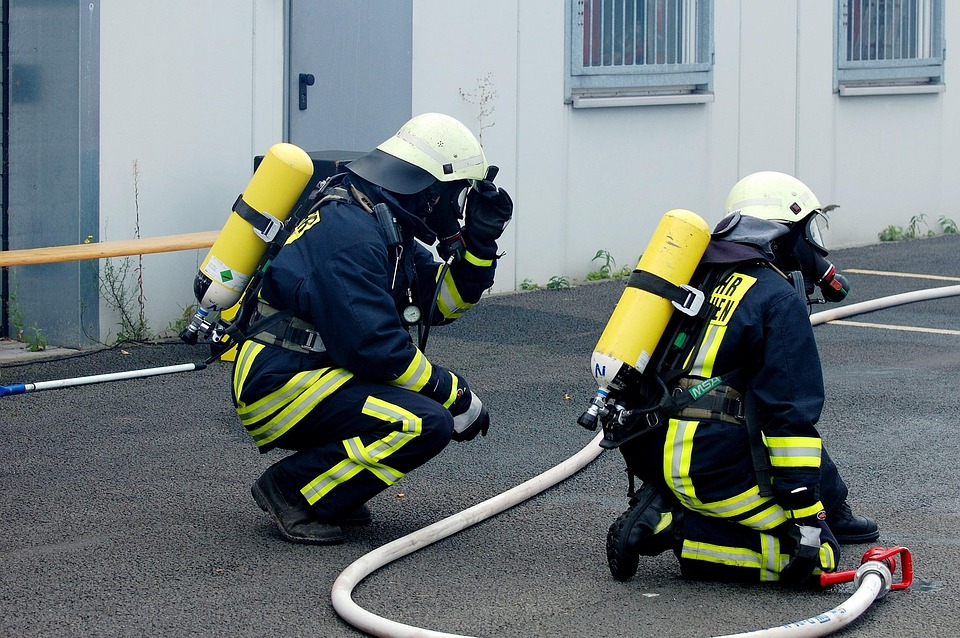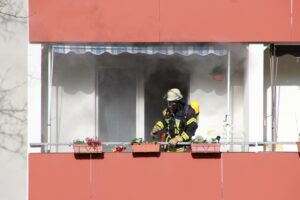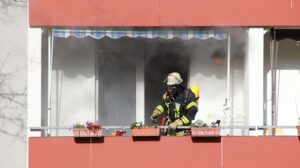Pollution and Your Lungs: The Impact of Environment on Respiratory Health
Introduction
In recent decades, the correlation between environmental pollution and respiratory health has become an increasingly critical area of research. Studies indicate a worrying trend: respiratory diseases are on the rise in many urban areas, particularly those with high levels of air pollution. This article explores the link between pollution and lung health, delving into the types of pollutants, their sources, and their impact on the respiratory system.
Understanding Pollution
What is Pollution?
Pollution refers to the introduction of harmful substances or contaminants into the natural environment. It can take various forms, including:
- Air Pollution: Emissions from vehicles, industries, and natural sources that release harmful particulates and gases into the atmosphere.
- Water Pollution: Contamination of water bodies through chemicals, waste, and other harmful substances.
- Soil Pollution: The presence of chemicals or substances that can adversely affect land quality and the organisms that inhabit it.
Types of Air Pollutants
Pollutants can be broadly categorized into two types: primary and secondary pollutants. Primary pollutants are directly emitted from sources, while secondary pollutants form in the atmosphere through chemical reactions.
-
Particulate Matter (PM): These tiny particles, which can be inhaled deep into the lungs, arise from construction activities, vehicle emissions, and industrial discharge.
-
Nitrogen Dioxide (NO2): Commonly found in vehicle exhaust, this gas can irritate the lungs and lower immunity against respiratory infections.
-
Sulfur Dioxide (SO2): Emitted from burning fossil fuels, this gas can lead to respiratory problems and aggravate lung diseases.
-
Carbon Monoxide (CO): A colorless, odorless gas produced by incomplete combustion of fossil fuels, it can interfere with oxygen transport in the bloodstream.
-
Ozone (O3): While it protects us from ultraviolet radiation in the upper atmosphere, ground-level ozone is harmful to respiratory health.
- Volatile Organic Compounds (VOCs): These are emitted from a variety of sources, including paints and solvents, and can contribute to respiratory issues.
Sources of Air Pollution
Urban vs. Rural Areas
Urban areas are typically more polluted due to higher concentrations of vehicles and industrial activities. In contrast, rural areas may experience pollution from agricultural activities, deforestation, and natural sources such as wildfires.
Major Contributors
-
Transportation: Vehicles, especially older models, are significant contributors to urban air pollution. Emissions from trucks, buses, and passenger cars can adversely affect air quality.
-
Industry: Factories and power plants release various pollutants, including SO2, NO2, and particulates, into the atmosphere.
-
Agriculture: Pesticides, fertilizers, and livestock farming can produce ammonia and other pollutants affecting air quality.
-
Residential Heating: Burning fossil fuels for heating in homes generates CO and particulates, which can accumulate in residential neighborhoods.
- Wildfires: Seasonal wildfires release large amounts of smoke and particulates into the air, creating short-term spikes in pollution levels.
The Impact of Pollution on Lung Health
Short-Term Effects
-
Irritation of Airways: Exposure to pollutants causes immediate effects such as coughing, throat irritation, and shortness of breath.
-
Increased Hospital Admissions: Studies report a spike in hospital admissions for respiratory conditions during days of high pollution.
- Allergic Reactions: Air pollutants can exacerbate allergies, leading to increased incidence of asthma attacks.
Long-Term Effects
-
Chronic Respiratory Diseases: Long-term exposure to pollution has been linked to chronic bronchitis, emphysema, and chronic obstructive pulmonary disease (COPD).
-
Lung Cancer: There is substantial evidence connecting air pollution to an increased risk of lung cancer, particularly from exposure to fine particulate matter and certain chemicals.
-
Developmental Issues in Children: Children’s lungs are still developing, and exposure to pollution can lead to stunted growth and higher rates of asthma.
- Cardiovascular Impacts: While focusing on the lungs, it’s important to note that air pollution also has systemic effects that increase the risk of cardiovascular diseases.
Vulnerable Populations
Children
Children are particularly vulnerable to the effects of air pollution due to their developing lungs and higher respiration rates. Studies show that areas with high levels of air pollution have higher child asthma rates.
Elderly
Older populations with pre-existing lung conditions are at increased risk. Aging lungs are less capable of handling pollutants, making the elderly more susceptible to respiratory infections and diseases.
People with Pre-existing Conditions
Individuals with asthma, COPD, and other respiratory diseases face exacerbated symptoms and higher mortality rates due to pollution exposure.
Case Studies
Urban Areas
Research in cities like Los Angeles and Beijing has revealed stark correlations between pollution levels and respiratory health outcomes. In these cities, spikes in pollution correlating with traffic patterns and industrial output have led to increased reports of asthma attacks.
Rural Areas
Even in rural areas, studies indicate that agricultural activities and natural events can lead to poor air quality, with corresponding health impacts, especially during seasonal burning or flooding.
Mitigation Strategies
Personal Actions
-
Limit Outdoor Activity: On days with high air pollution, residents should limit outdoor activities, particularly strenuous exercise.
-
Use Air Filtration: Air purifiers can significantly reduce indoor pollution levels.
- Avoid Polluting Activities: Simple actions, such as reducing car usage, using public transportation, or cycling, can lower individual contributions to air pollution.
Policy Actions
-
Regulating Emissions: Stricter regulations on vehicle emissions and industrial discharges can help reduce pollution levels.
-
Urban Planning: Greener urban planning that includes more parks and green spaces can help absorb pollutants.
- Public Awareness Campaigns: Informing communities about the dangers of pollution and how to mitigate its effects can lead to better health outcomes.
Conclusion
The relationship between pollution and lung health is undeniable and presents a significant public health challenge. The ongoing battle against air pollution entails a multi-faceted approach involving individual actions, community efforts, and governmental regulations. As awareness of the detrimental impacts of air pollution on respiratory health grows, so does the urgency to take meaningful action.
The time to act is now—our lungs and the health of future generations depend on it.
References
-
World Health Organization. (2020). Air quality and health. Retrieved from WHO website
-
American Lung Association. (2021). State of the Air 2021.
-
Centers for Disease Control and Prevention. (2021). Respiratory Health. Retrieved from CDC website
-
Environmental Protection Agency. (2021). The Benefits and Costs of the Clean Air Act. Retrieved from EPA website
-
Pope, C. A., & Dockery, D. W. (2006). Health effects of fine particulate air pollution: Lines that connect. Journal of Air & Waste Management Association.
-
Behrens, T., et al. (2019). Air pollution and mortality in the United States. Environmental Research.
-
McDonald, N. C., et al. (2019). Health effects of personal exposure to air pollution: Evaluation and implications for public health. American Journal of Public Health.
-
Di, Q., et al. (2017). Air pollution and mortality in the Medicare population. New England Journal of Medicine.
-
Xu, X., et al. (2020). Effects of air pollution on lung cancer risk: A systematic review and meta-analysis. Environmental Research.
- Yang, W., et al. (2018). The impact of air pollution on respiratory health: A cross-sectional study in northeastern China. Environmental Science & Technology.
The article can be further expanded and tailored to specific interests or regions if needed.


























Add Comment